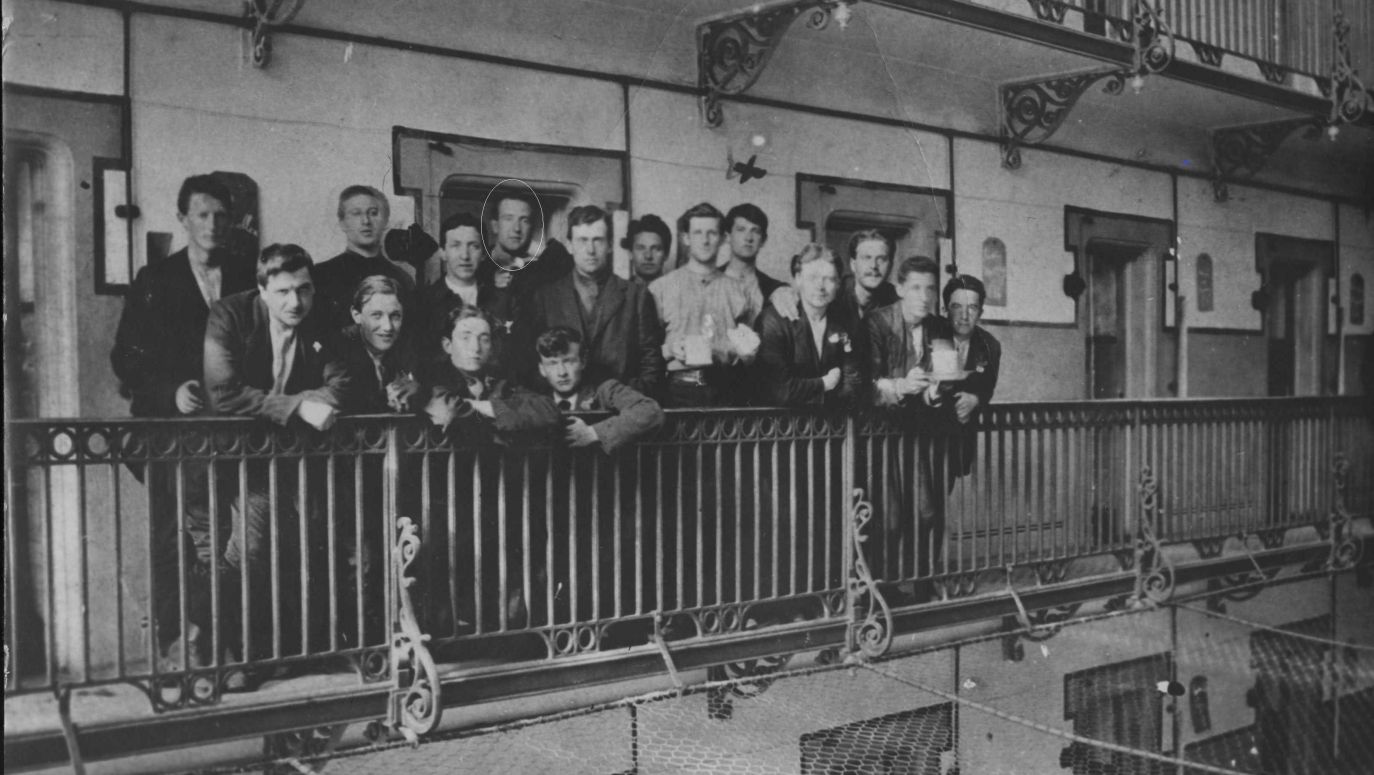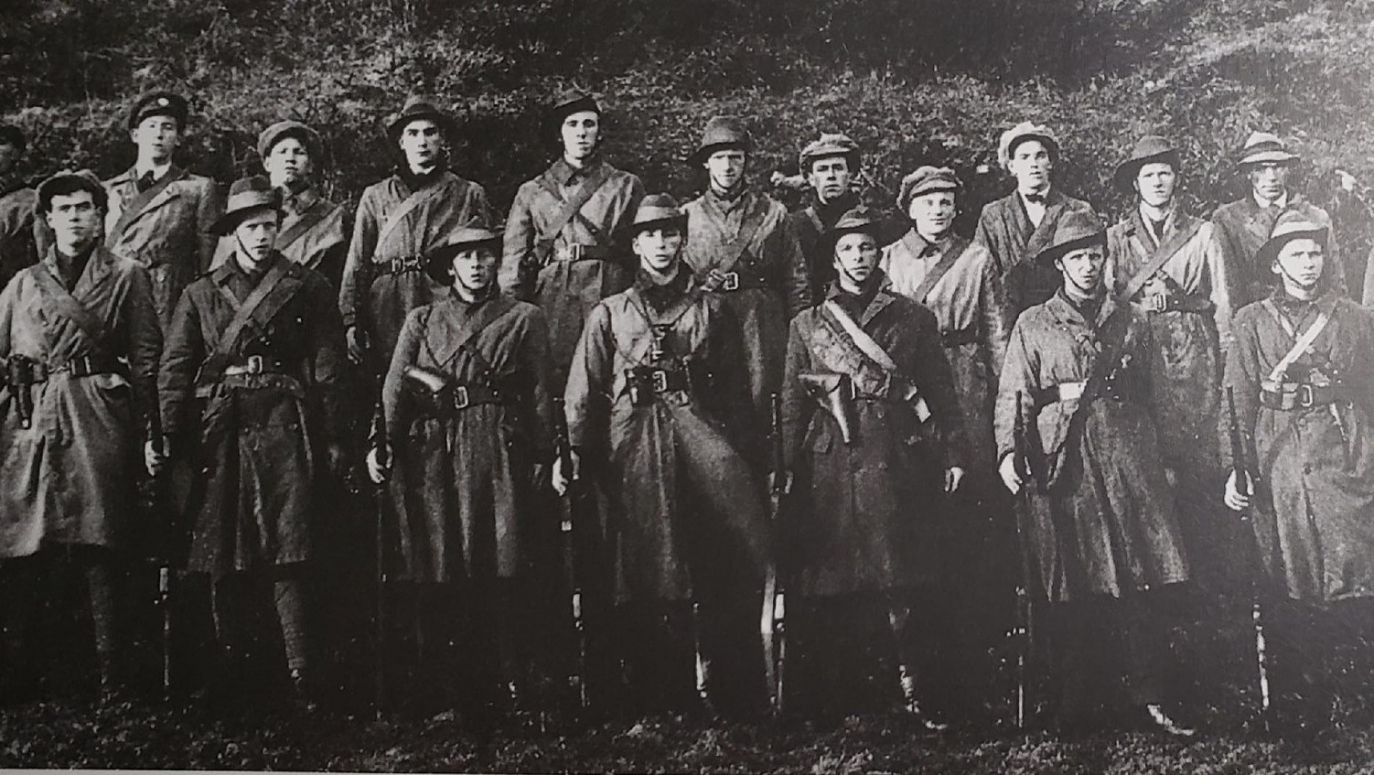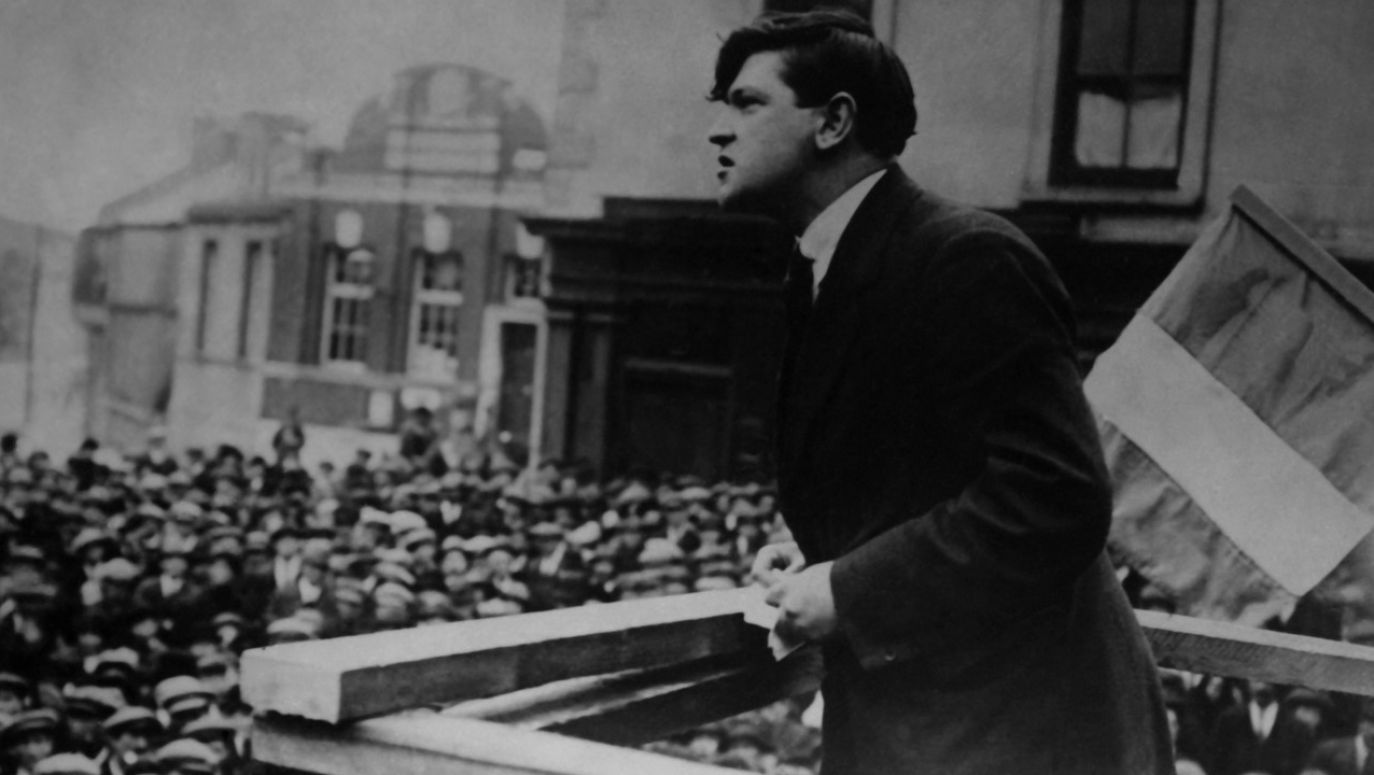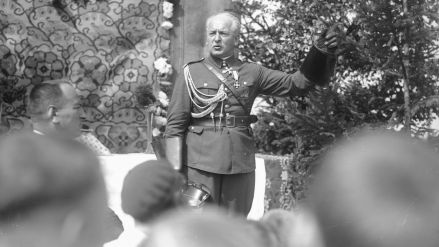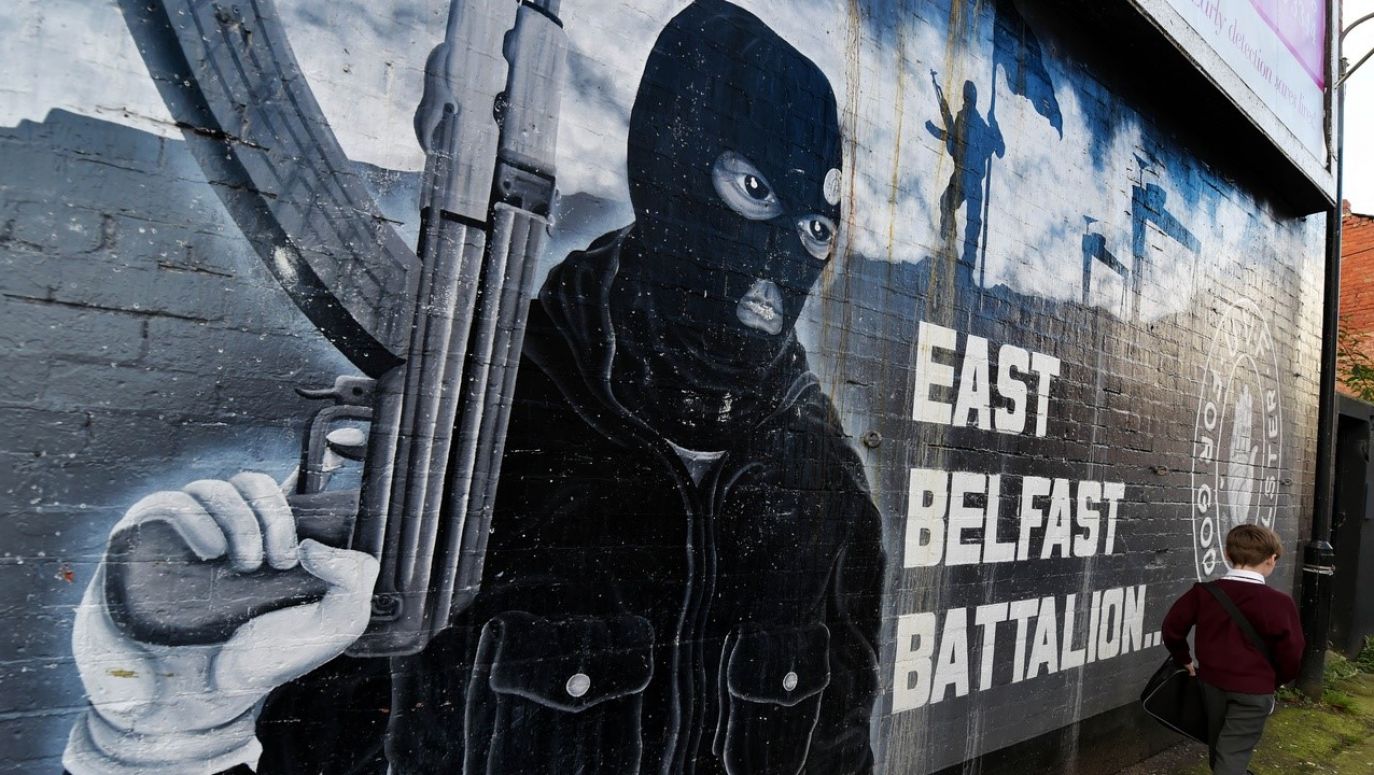Collins' story is still controversial today. After all, he is part of the tumultuous history of the Irish struggle to separate themselves from Britain; an extremely difficult history, which was also marked by the Irish Civil War. He was certainly a gifted, unconventional leader, going beyond the traditional patterns of guerrilla warfare. The methods of warfare he developed were analysed in depth by the likes of Mao Zedong and Yitzhak Shamir.
"Michael Collins was a highly intelligent man. He was excellent at drawing conclusions from the course of events. Tragic fate took away a figure who could have been the most outstanding Irish politician of the first half of the 20th century. Certainly better than Éamon de Valera," Professor Wawrzyniec Konarski, rector of the Vistula Academy of Finance and Business, political scientist and author of the book "Partisans, Doctrinaires, Terrorists. Chronological study of the phenomenon of the Irish Republican Army' (Warsaw 2019).
The intricacy of Collins' fate, and of the struggle for Irish independence in general, is evidenced by the fact that he died at the hands of his comrades in arms, in whose eyes he was no longer radical enough. But about that - about Collins, the IRA and the methods of struggle - in a moment.
A rebellious Catholic colony
To understand the complexity of this story, it is worth briefly reviewing the context of the Irish-British conflict. Its origins date back to the 12th century - it was then that the English colonisation of Ireland began. The situation of the population worsened significantly 400 years later, with the Reformation introduced by Henry VIII in the British Isles and the repression of the Catholics, who were the Irish. "The King of England attempted to completely destroy the Catholic Church in the British Isles," stresses Father Professor Piotr Mazurkiewicz of UKSW in Warsaw, who specialises in political and social sciences, in an interview with TVP Weekly.
 SIGN UP TO OUR PAGE
SIGN UP TO OUR PAGE

As a result, the English and Scots of Protestant faith settled in Ireland, particularly in Ulster (one of the four Irish provinces, most of whose counties are now part of Northern Ireland, still part of Great Britain). In defence of their Catholicism, which was an indispensable part of their national identity, the Irish often rose up in arms against the colonisers who were harassing them. Following one such uprising, which broke out in 1641, the army led by Oliver Cromwell carried out a brutal pacification of the island. The persecution became increasingly severe.
On 1 January 1801, the Act of Union came into force - by which Ireland was annexed to Great Britain. At this time, the Irish Parliament gained considerable independence. This improved the situation for Catholics in the 19th century. Nevertheless, the situation of society was still difficult. It became extremely severe in the middle of the century due to the Great Famine, caused by the destruction of 40 per cent of the potato crop by blight. One million Irish people died as a result of the disaster and it also led to mass emigration.
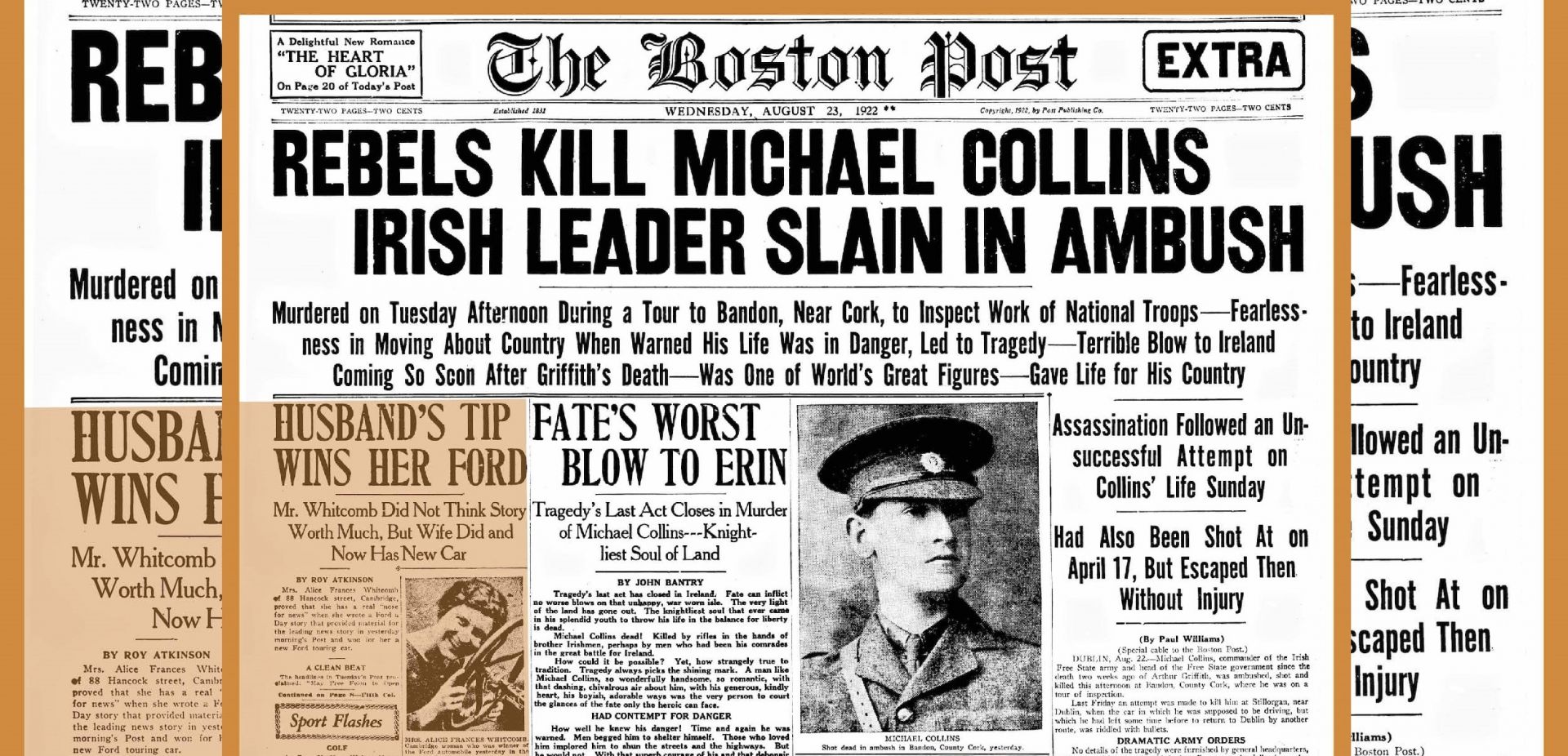
 SIGN UP TO OUR PAGE
SIGN UP TO OUR PAGE
 As a result, the English and Scots of Protestant faith settled in Ireland, particularly in Ulster (one of the four Irish provinces, most of whose counties are now part of Northern Ireland, still part of Great Britain). In defence of their Catholicism, which was an indispensable part of their national identity, the Irish often rose up in arms against the colonisers who were harassing them. Following one such uprising, which broke out in 1641, the army led by Oliver Cromwell carried out a brutal pacification of the island. The persecution became increasingly severe.
As a result, the English and Scots of Protestant faith settled in Ireland, particularly in Ulster (one of the four Irish provinces, most of whose counties are now part of Northern Ireland, still part of Great Britain). In defence of their Catholicism, which was an indispensable part of their national identity, the Irish often rose up in arms against the colonisers who were harassing them. Following one such uprising, which broke out in 1641, the army led by Oliver Cromwell carried out a brutal pacification of the island. The persecution became increasingly severe. 